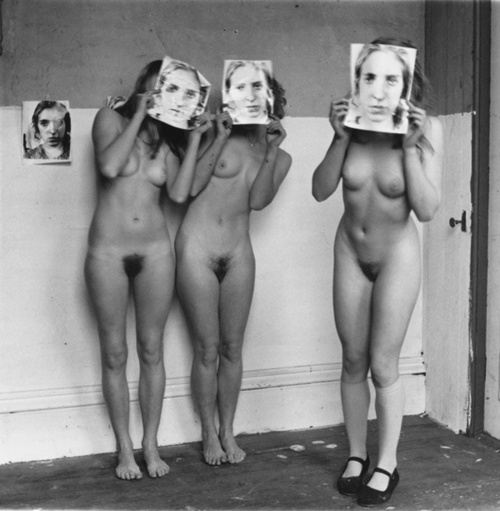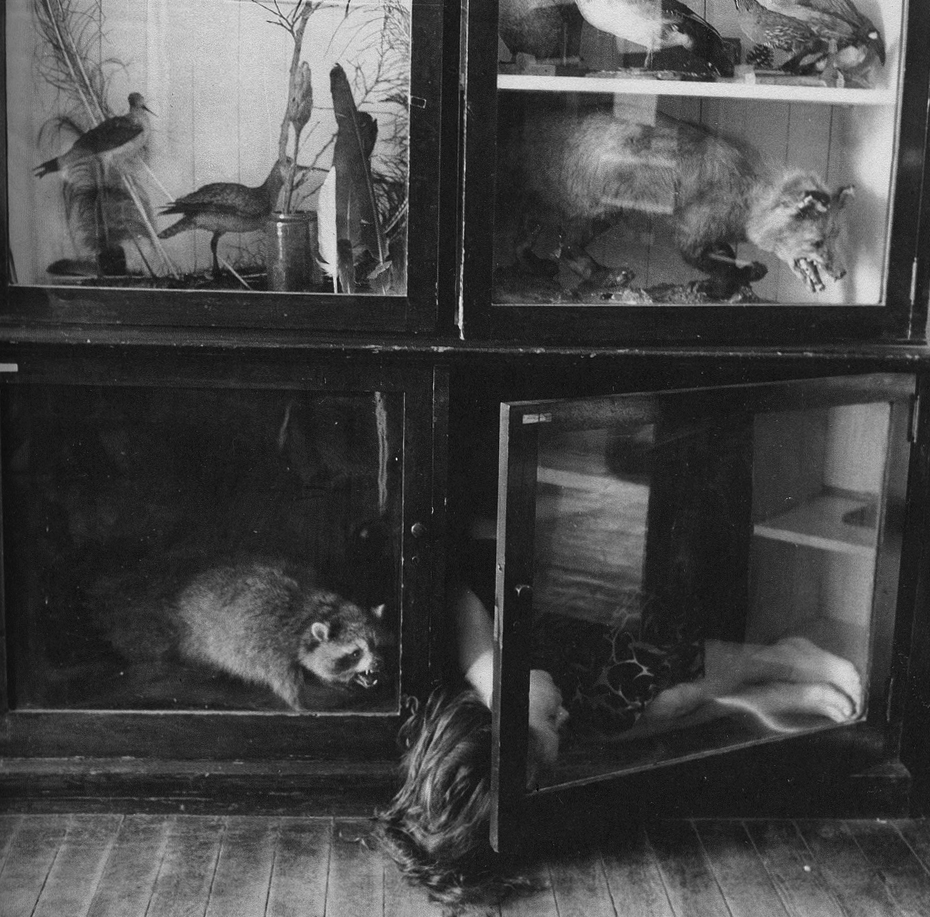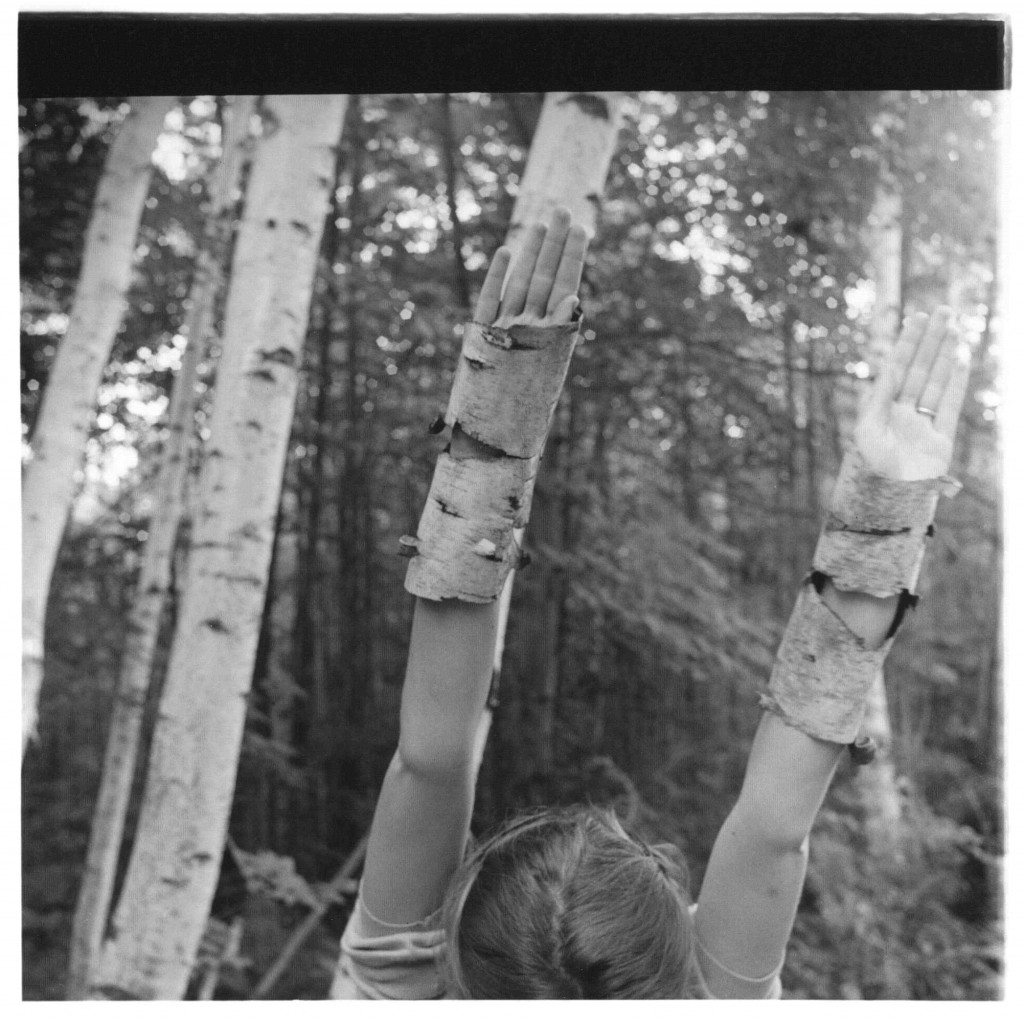With admiration to Roland Barthes...
"I now know that there exists another punctum (another "stigmatum") than the "detail." This new punctum, which is no longer of form but of intensity, is Time, the lacerating emphasis of the noeme ("that-has-been"), its pure representation."
If I have a time machine, my nostalgia-lover mind reminiscing even 2 days ago as "those were the days" would surely take me to a couple of moments within my history of photography (yes, my history; since the moment someone's story fascinates me, doesn't it become my own?) or would create some moments. For example, I would go back to Talbot, to the year 1826, to watch how he prepares for his first "shooting". I would like to accompany some of Arbus's shootings; to witness Barthes when he places the paper in his typewriter; to listen to Sontag 's conversation secretly sitting on a table next to hers...Just to relive the heartbeats of "the very first" I would like to return to those first moments when I discover some of my favorite photographers.
If I include Francesca Woodman to this group, my heart will ache for my "favorites." Yet, I would also like to go back to the first day I observed her works. To go back and study her photographs one by one, in detail, before I read her life story...There is this crucial turning point in her life that when you learn about it you get ashamed (yes, ashamed), and they become wild, make you exhausted.
I would like to go back and study her works independent from her life; was it her who owns those claws, or was it her photographs?
Starting photography with the influence of her parents, to me, Francesca never carried a camera with her throughout her life, never chased after some image on the streets, never thought "what if I capture some image." Yet, I am sure of this: she bought some dress when she is out shopping with a friend, just to take a picture with it or she recurrently woke up in the middle of the night to take notes like "I should photograph myself there."
Otherwise, it is impossible for her not to repeat herself even though her subject matter is herself. A mind constantly contemplating on photography, a constant effort to rediscover oneself; that's what I admire.

Her style starts to mature in Rome where she goes for a student exchange program, after her curious efforts to know the camera and learn about her own body, create a texture by using her own body which we see in her early works. If I argue that the evolution of her works which bear surrealist tendencies even when she was in the US, was influenced highly in this period by Maldoror Bookshop where she used to spend a lot of time along with the dadaist and surrealist artists of her period.
The images cut off from objective reality which started with a curiosity in her early period and which I can define as "dreams" come to acquire some kind of awareness with Maldoror; start to gain an unconsciousness that is oblivious of itself.
One of the issues discussed about her at the backstage, is that feminist artists of her own period was extremely influenced by her works. Surely, it is impossible that her works which was produced mostly in the 70's and the beginning of the 80's were not influenced by the feminist winds, however I think that she did this in an instinctual way rather than an ideological one. Her constant use of her own body in her photographs, yet doing this without objectifying her body, is an element feminist artists are influenced by; since society at that period is not used to women using their own body in such an independent manner.
Maybe it is her unawareness that makes her works so influential.
Maybe it is because of her spontaneousness; her natural indocibility, her freedom, her curiosity...
In this day and time, which is all about some artificiality pretending spontaneity, I am happy that she does not live in our age.
Maybe, what makes her really influential is the fact that she does not live today.
And Roland Barthes, who I quote at the beginning, continues his words which started as a completely different story of a completely different youngster: "The photograph is handsome, as is the boy: that is the studium. But the punctum is: he is going to die. I read at the same time: This will be and this has been."
Francesca, upon her return to US from her education in Italy, wants to continue her career as a fashion photographer. However, because her works are deemed "old-fashioned" she got rejected (and there is nothing horrible than some notion of photography-in-fashion). And she jumped out of the roof of her apartment at the age of 22.
Whenever I think about Francesca, the day she took her photographs, the day she committed suicide and today coalesce into one.
And this disruption in time makes me feel dizzy.





